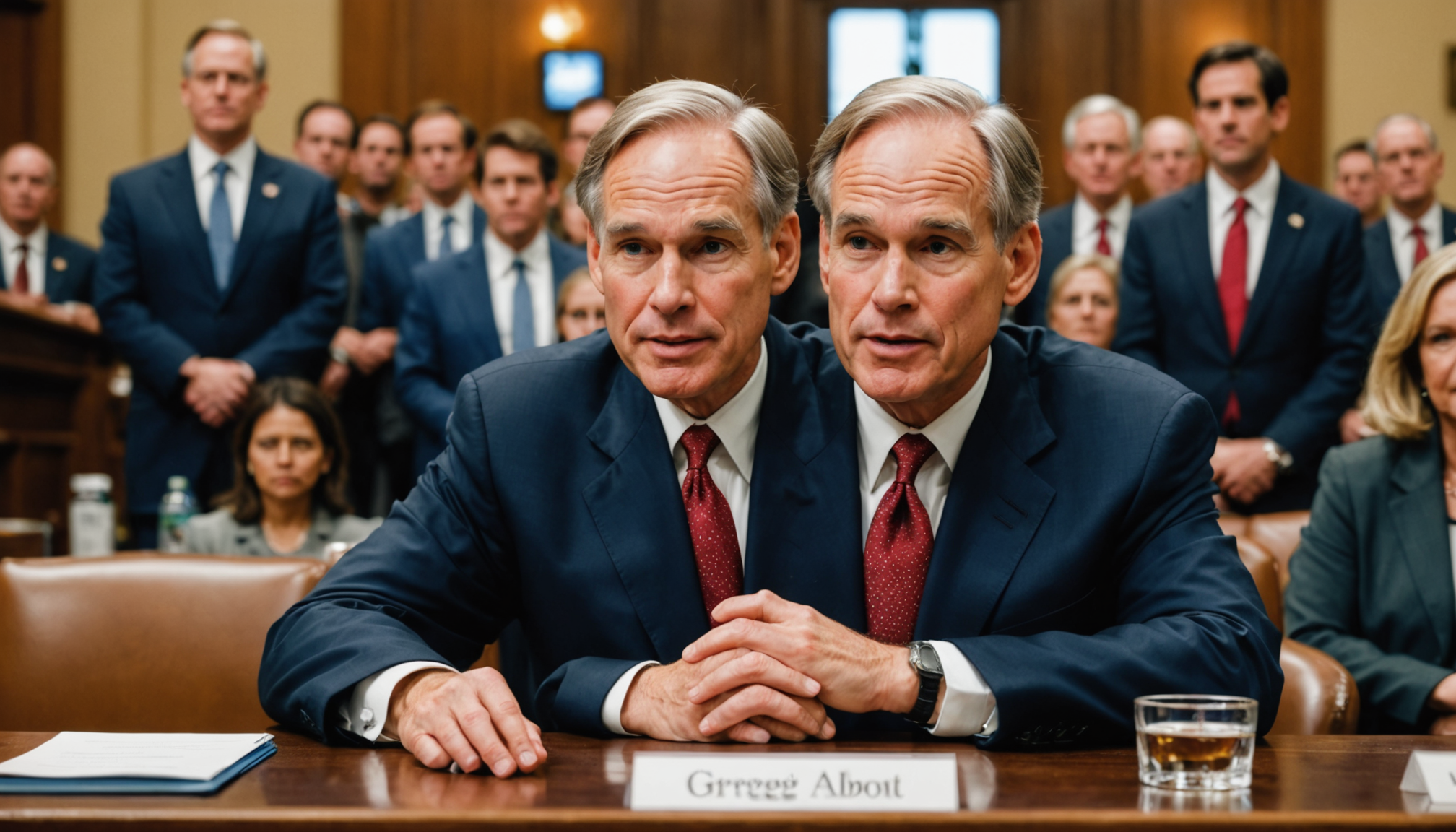
Texas Governor Vetoes $60 Million Summer Lunch Program Budget Measure
Overview of the Veto
Governor Greg Abbott has vetoed a $60 million budget provision that would have enabled Texas to participate in the federal Summer Electronic Benefits Transfer (Summer EBT) program, aimed at providing summer lunch assistance to low-income children. The program was included in the state’s Senate Bill 1 budget bill for 2027.
Details of the Summer EBT Program
- The Summer EBT program would have provided qualifying families with $120 per child to cover lunch expenses during summer months.
- Approximately 3.75 million children across Texas would have been eligible.
- The program required Texas to share administrative costs to access over $400 million in federal funding for lunch subsidies.
Governor’s Reasoning and Budget Implications
Governor Abbott cited uncertainty regarding federal matching rates and long-term fiscal impacts as reasons for the veto, stating:
“There is significant uncertainty regarding federal matching rates for this and other similar programs. Once there is more clarity about the long-term fiscal ramifications for creating such a program, the Legislature can reconsider funding this item.”
The budget provision included a clause to cancel the appropriation if the state-federal funding formula changed.
Context of Federal Nutrition Assistance Programs
- Congress is currently considering cuts to the Supplemental Nutrition Assistance Program (SNAP), though no decisions have been announced regarding the Summer EBT program.
- Currently, 37 states participate in the federal summer lunch program for low-income families.
- In 2024, Texas served 12 million summer meals at 4,480 sites statewide through a separate program, costing $46.1 million.
Reactions and Implications for Sustainable Development Goals (SDGs)
The veto has drawn criticism from various stakeholders emphasizing the importance of nutrition and food security, which align with the United Nations Sustainable Development Goals, particularly:
- SDG 2: Zero Hunger – Ensuring access to sufficient and nutritious food for children during summer months.
- SDG 3: Good Health and Well-being – Supporting child health through adequate nutrition.
- SDG 10: Reduced Inequalities – Assisting low-income families to reduce disparities in food access.
Criticism from Lawmakers and Advocacy Groups
- State Representative Armando Walle (D-Houston) expressed disappointment on behalf of millions of Texans who would have benefited.
- State Representative Toni Rose (D-Dallas) described the decision as “devastating.”
- The Texas House Democratic Caucus condemned the veto as a misplacement of priorities, highlighting that the $60 million program was the only Legislature-approved item removed from the $338 billion state budget.
- Celia Cole, CEO of Feeding Texas, emphasized the program’s critical role in addressing food insecurity during summer when school meals are unavailable.
Conclusion
The veto of the Summer EBT program budget measure represents a significant setback in Texas’ efforts to combat child hunger during summer months, impacting progress toward key Sustainable Development Goals related to hunger, health, and inequality. Continued advocacy and legislative reconsideration may be necessary to secure nutrition support for vulnerable children in Texas.
1. Sustainable Development Goals (SDGs) Addressed or Connected
- SDG 2: Zero Hunger
- The article discusses the veto of a budget measure for the Summer Electronic Benefits Transfer (Summer EBT) program aimed at providing meals to low-income children during summer, directly relating to ending hunger and ensuring access to food.
- SDG 1: No Poverty
- By targeting low-income families and providing financial support for meals, the program addresses poverty alleviation and social protection.
- SDG 3: Good Health and Well-being
- Access to nutritious meals during summer months supports children’s health and well-being.
- SDG 10: Reduced Inequalities
- The program focuses on vulnerable populations, aiming to reduce inequalities in food security.
2. Specific Targets Under Those SDGs Identified
- SDG 2: Zero Hunger
- Target 2.1: By 2030, end hunger and ensure access by all people, in particular the poor and people in vulnerable situations, including children, to safe, nutritious and sufficient food all year round.
- Target 2.2: By 2030, end all forms of malnutrition, including achieving targets on stunted and wasted children under 5 years of age.
- SDG 1: No Poverty
- Target 1.3: Implement nationally appropriate social protection systems and measures for all, including floors, and achieve substantial coverage of the poor and vulnerable.
- SDG 3: Good Health and Well-being
- Target 3.4: Reduce by one third premature mortality from non-communicable diseases through prevention and treatment and promote mental health and well-being.
- Target 3.8: Achieve universal health coverage, including access to quality essential health-care services.
- SDG 10: Reduced Inequalities
- Target 10.2: Empower and promote the social, economic and political inclusion of all, irrespective of age, sex, disability, race, ethnicity, origin, religion or economic or other status.
3. Indicators Mentioned or Implied to Measure Progress
- Number of children served meals during summer months
- The article mentions that in 2024, 12 million summer meals were served at 4,480 sites in Texas, which can be used as an indicator of program reach and impact.
- Number of qualifying children benefiting from the program
- Estimated 3.75 million children would have qualified for the Summer EBT program, indicating potential coverage.
- Budget allocation and federal funding amounts
- The $60 million state budget measure and $400 million federal support reflect financial inputs towards achieving targets.
- Participation rate of states in the federal summer lunch program
- Currently, 37 states participate, which can be an indicator of program adoption and coverage nationally.
- Food insecurity levels during summer months
- Implied by the discussion on food insecurity peaking when school meals are unavailable.
4. Table: SDGs, Targets and Indicators
| SDGs | Targets | Indicators |
|---|---|---|
| SDG 2: Zero Hunger |
|
|
| SDG 1: No Poverty |
|
|
| SDG 3: Good Health and Well-being |
|
|
| SDG 10: Reduced Inequalities |
|
|
Source: texastribune.org




